The practice of crown thinning pruning is an important part of tree care that can help promote the health and safety of trees. By selectively removing branches from a tree's canopy, it helps to reduce the overall weight, reduce wind resistance, and allow more light to reach the lower branches. In addition, it can also improve the aesthetics of a tree by creating a more attractive shape and improving air circulation. This article will provide a comprehensive overview of crown thinning pruning, including the reasons for it, how it's done, and the benefits it can provide. Crown thinning pruning should be done with caution and care.
It is important to understand which branches should be removed and which should be left intact. This will help preserve the health and structure of the tree. When done correctly, crown thinning will help balance the weight of the tree, reduce stress on individual branches, and allow more light and air to reach the lower branches. When selecting branches for removal, it is important to keep in mind that the remaining branches should be evenly distributed throughout the canopy.
Care should also be taken to ensure that the cuts are clean and precise. Removing too much foliage can leave the tree vulnerable to wind damage or insect infestation. It is also important to note that crown thinning should not be done on young or recently planted trees as this can cause irreparable damage. In addition to improving a tree’s structural integrity, crown thinning pruning can also help improve its appearance. Removing smaller branches and excess foliage can open up views of scenic beauty or allow more light into a building.
It can also help reduce competition between branches for light and water, leading to healthier growth.
Crown thinning pruning
should only be done by a professional arborist who is trained in proper pruning techniques. An arborist will have the necessary knowledge and expertise to identify which branches should be removed and how best to prune them in order to achieve desired results.What Are The Benefits Of Crown Thinning Pruning?
Crown thinning pruning offers a variety of benefits, both for the health of the tree and for aesthetic purposes. Structurally, it helps reduce the weight of the crown and improve the stability of the tree in windy or stormy conditions, as well as helping to prevent broken branches. It also helps to improve air circulation around the tree, reducing the risk of disease and encouraging healthier growth.In addition to improving a tree’s structural integrity, crown thinning pruning can also help improve its appearance. It can open up views of scenic beauty or allow more light into a building, as well as reducing competition between branches for light and water, leading to healthier growth. By selectively removing dead or diseased branches, crown thinning pruning can also help improve the overall look of a tree. Finally, crown thinning pruning can be used as a preventative measure to reduce the risk of storm damage in trees.
By lightening the crown and reducing the number of competing branches, it can help reduce the strain on the tree during high winds or heavy rains.
How Is Crown Thinning Pruning Done?
Crown thinning pruning is a delicate process that requires precision and an experienced eye. The pruning specialist will use a variety of tools to make these cuts, such as loppers, saws, and pole pruners. In addition, a tree protection plan should be put in place before any work is done, including the use of protective clothing and safety harnesses. The goal of crown thinning pruning is to reduce the overall weight and bulk of the tree canopy without compromising its natural shape and structure. This helps to improve air circulation and light penetration, reduce storm damage, and increase visibility.In some cases, it can also be used to create a pleasing aesthetic effect. It’s important to note that crown thinning should never be used as a substitute for regular pruning or maintenance. Trees need to be regularly inspected and maintained to ensure they remain healthy and safe. If there are any signs of disease or insect infestation, they should be addressed immediately by a qualified arborist.
Why Is Crown Thinning Pruning Important?
Crown thinning pruning is an important type of tree maintenance that helps to maintain a tree’s structural integrity, promote healthy growth, and improve its appearance. By selectively removing branches from the top of a tree, crown thinning pruning can reduce the risk of storm damage, improve air circulation, and increase light penetration.This type of pruning can also be used to increase the view of scenic beauty or to allow more light into a building. Crown thinning helps to keep a tree’s canopy balanced and open, providing it with sufficient sunlight and air circulation. This type of pruning can also help to reduce the weight on the tree’s branches, making it less likely for them to break during storms or high winds. In addition, crown thinning can help to improve the aesthetic appearance of a tree by creating a balanced and symmetrical look. Crown thinning pruning is also beneficial for enhancing views of landscaping or buildings. By removing certain branches, you can create a better view of a garden, lake, or other scenic area.
It can also help to increase the amount of light entering a building or home by allowing more sunlight in through the windows. Overall, crown thinning pruning is an important part of tree maintenance that helps to reduce the risk of storm damage, improve air circulation, and increase light penetration. It can also be used to enhance views and allow more light into a building.
When Should Crown Thinning Pruning Be Done?
Crown thinning pruning should only be done by a professional arborist who is trained in proper pruning techniques. It should not be done on young or recently planted trees as this can cause irreparable damage. An arborist will be able to assess the health and age of the tree and advise on the best course of action for crown thinning.In general, crown thinning should be done during the dormant season, which usually occurs between late fall and early spring. However, this may vary depending on the type of tree and climate. If a tree is diseased or has dead or damaged branches, then crown thinning can be done at any time of year. The arborist will remove branches that are dead, diseased, or damaged and those that are crossing or growing inwards.
This will reduce the weight of the crown and improve air circulation and light penetration. Crown thinning should be performed carefully to avoid damaging the tree. The arborist should remove no more than 25 percent of the tree’s foliage and should always leave enough foliage to maintain a balanced crown. Removing too much foliage can make the tree vulnerable to wind damage and cause it to become unstable.
In addition, removing too many branches can also cause the tree to grow back faster and thicker than before, leading to further problems with overcrowding. In conclusion, crown thinning pruning is an important type of tree pruning service that can help ensure the structural integrity and health of trees. It should only be done by a certified arborist who is trained in proper pruning techniques and can evaluate the tree to determine if thinning is necessary and how much should be removed. Crown thinning can be beneficial in reducing the risk of storm damage, improving air circulation, increasing light penetration, and enhancing the overall beauty of a tree. With proper care, thinning can help trees remain healthy and beautiful for years to come.
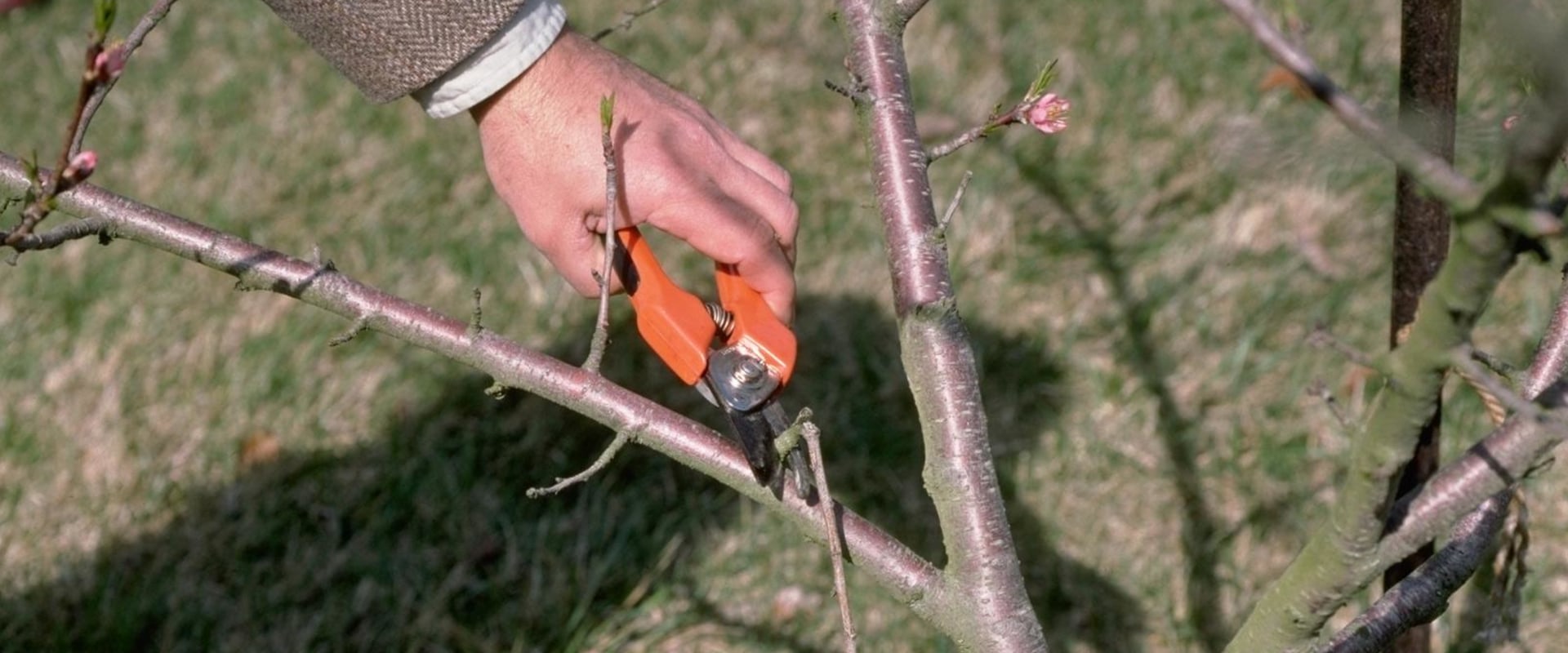
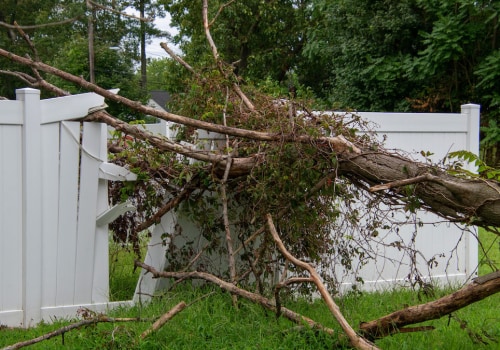
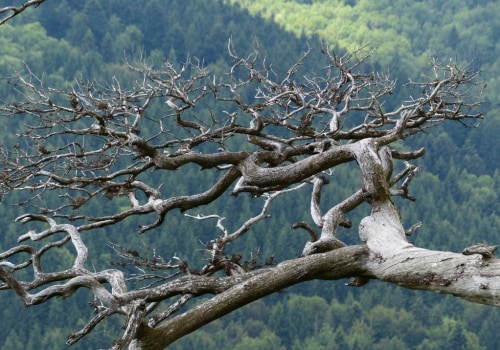
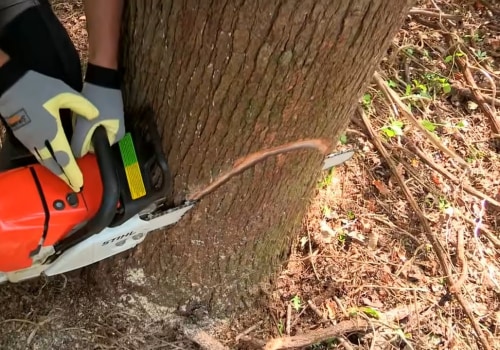
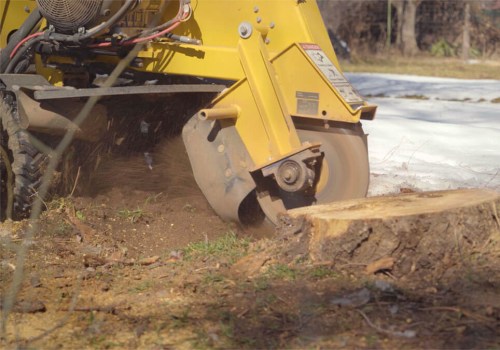

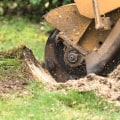

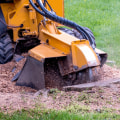
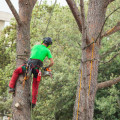

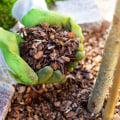
Leave Message